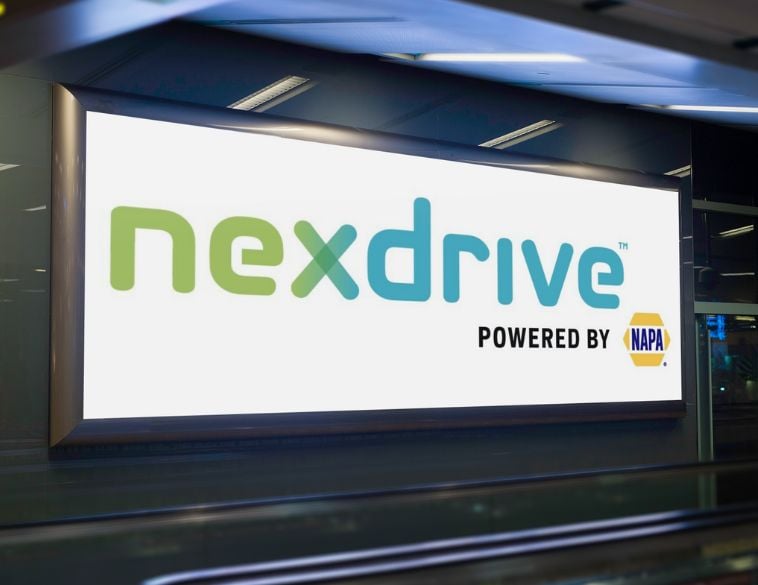Dealers are capturing a greater amount of service work, according to findings from a recent J.D. Power satisfaction study.
With the onset of the COVID-19 pandemic in March, the automotive industry, like many others, was turned upside down. The global pandemic caused vehicle production around the world to be temporarily suspended, while in many locations, dealer showrooms were forced to close and new car sales slowed as many would be buyers found themselves dealing with financial uncertainty.
Yet for dealers, despite all this doom and gloom, fixed operations continued to operate and J.D. Power’s 2020 Canada Customer Service Index—Long-Term Loyalty Study (conducted between March and June), revealed that when it comes to vehicle servicing, dealers actually saw a boost in market share, as well as improvements in customer satisfaction.
More older vehicles
The study revealed that dealers captured 49% of service visits for customers with vehicles four years and older, while also seeing an increase in average cost per visit—up to $375 during 2020 from $323 the previous year. Additionally, the average number of customer visits to dealer service departments also increased from 1.3 in 2019 to 1.4 during 2020.
While the study revealed that the frequency of customer visits slightly declined among aftermarket service providers, these businesses also saw an uptick in cost per visit—$241 in 2020 versus $222 the previous year.
With the pandemic impacting millions of people around the globe and causing many consumers to re-focus their priorities and spending practices, COVID-19 has seen a growth in interest of keeping existing vehicles longer and budgeting for maintenance and repairs to keep them on the road.
According to J.D. Ney, who heads up the J.D. Power Automotive Practice in Canada, for dealers, the growth in service satisfaction and costs per visit is a direct result of a strategies put in place following the Great Recession of 2008-09.
Big turning point
“This period marked a big turning point for dealers,” he says. “Many of them [and their OEMs] realized that in order to remain profitable, they could no longer rely on just the front end [sales] operations of their business.”
As a result, dealers started targeting a lot more of their resources to fixed operations—bolstering the customer experience by introducing new technologies and practices to boost service retention beyond the traditional new vehicle warranty period.
Ney says that J.D. Power’s study results show that since 2015 in particular, the share of dealer service visits for 4-7 year-old vehicles has grown significantly.
Based on the 2020 CSI-LT Loyalty study findings, dealers have worked hard at capturing returning customers for paid service work and have done so by upping the ante in terms of customer satisfaction while vehicles are still under warranty. The 2020 study revealed that a whopping 60 percent of three-year-old vehicle owners said they would return for service at a dealer, up from 53 percent in 2015.
This strategy is proving to have a knock-on effect, enabling dealers to capture a larger percentage of 4-7 year-old vehicle owners who traditionally have tended to take their cars to aftermarket shops for service work.
No magic bullet
J.D. Ney says, that while there is no magic bullet when it comes to service work, the results from the study are indicative that dealers have been “executing more consistently on a swathe of important diagnostics that have left the customer know that their business is valued and their time is respected.”
He also notes that while the average cost of repair has increased, the frequency around service visits is also a result of customers choosing to be more efficient with their time and “bundling services.”
So instead of bringing a vehicle in for an oil change and tire rotation on one occasion and scheduling alignment or brake work during another, these types of services are being bundled together, compressing the service activity into fewer visits but generating higher costs per actual visit.
Although the study showed that service visits and spending is increasing overall, it did find two key takeaways where aspects of the customer experience are still being overlooked.
These are:
- Greeting customers immediately as they enter the service department
- Ensuring the vehicle is returned to the customer cleaner than when it arrived
Overall, independent service providers continue to do a better job at greeting customers immediately (49% versus 35% for dealers), while when it comes to vehicle cleanliness dealers are significantly ahead (38% versus 12%).
The 2020 CSI-LT Loyalty study measured satisfaction and intended loyalty among four-to-12- year-old vehicle owners—analyzing both warranty and post warranty servicing experiences.
Satisfaction is measured over five specific factors (in order of importance): service initiation (24%); service quality (23%); service advisor (20%); service facility (17%); and vehicle pick-up (16%).



